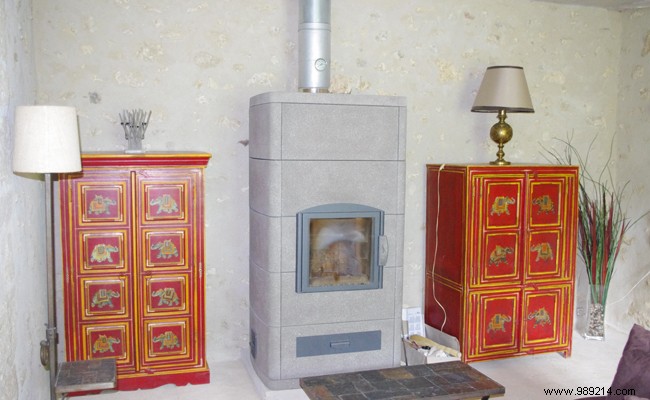Comfort and energy saving in the house go through a thoughtful choice of the heating system. However, with the diversity of solutions available on the market, it becomes relatively difficult to decide. Here are some tips to guide you in your selection.

Electric heating is the most popular solution in France, especially in collective housing. There are several reasons for this phenomenon and one of them relates to its easy and economical installation. Indeed, it is unnecessary to create pipes and ducts for the system to work. In addition, the maintenance is not binding, because a simple dusting is enough. For extensions, electric heating does well. Radiators can be easily installed anywhere in the house and offer high efficiency and performance.
The other side of the coin:this method of heating is very expensive (20 to 25% more than gas heating). It will only be recommended in studios and other small apartments or as auxiliary heating. In terms of cost, the initial investment for an area of 80 m² including 3 radiators is between 4000 and 6000 euros. Each year, the bill rises between 1500 and 2500 euros including consumption, maintenance and subscription.
When it comes to combustion heating, the choice is particularly wide. Wood heating is one of the most ecological and economical alternatives, especially since today the supply of boilers or wood stoves for your central heating is large and efficient. This solution is no longer just a simple back-up solution.
You will also benefit from state subsidies and aid by choosing this system, in particular a 30% tax credit. In terms of fuel, several choices are available to you:the classic log, chips, reconstituted logs or pellets. These fuels are less expensive than oil and gas, but the initial investment for the installation of a wood heater costs between 1000 and 4000 euros.
As another option, gas heating has become very popular for its performance and efficiency, especially with the development of condensing boilers or low temperature gas boilers. These have been developed to offer better performance than conventional gas boilers while ensuring energy savings and giving rise to substantial tax credits. However, beware, the price of gas, which follows the price of oil, continues to rise constantly.
As for oil-fired boilers, they are no longer popular:each year, a drop in the use of this solution is observed. Indeed, even if it can heat the house well, this device is very expensive to use given the rising price of oil.
At a time when energy savings and environmental protection are at the heart of all debates, choosing heating solutions using renewable energies is proving to be very wise. In this sense, in order to encourage consumers to turn to these ecological systems, the State grants innumerable aids:Energy Bonus, Tax Credit, Eco-loan at zero rate and other ANAH schemes. Help available if you decide to install, for example, solar heating or a heat pump.
Ecological and free, solar heating is at the top of the basket in the category of green heating devices. All you have to do is invest in the purchase of the necessary equipment at the start, then you have nothing more to pay throughout the year apart from maintenance. Unfortunately, this system is not able to provide all the energy needs of the house. You must therefore combine it with a complementary source of energy.
Operating on the principle of geothermal energy or aerothermal energy, the heat pump captures the ambient calories outside to transform them into heat that will heat the house. Its advantage is that it is able to operate independently without the need to install an auxiliary heater. It offers good heating speed and does not require a place to store fuel. On the other hand, its installation is expensive and relatively complex.
The diffusion of heat throughout the house is carried out thanks to numerous devices. Again, you should not make a mistake in your choice. The radiator is the most classic option. Its advantage is essentially easy regulation and very fast heating. The initial investment is also more or less accessible since it only costs around 2000 euros for a 100 m² house.
It is also possible to opt for underfloor, ceiling or wall heating. Admittedly, the initial investment is high, but these solutions are able to heat large surfaces and offer homogeneous heat.